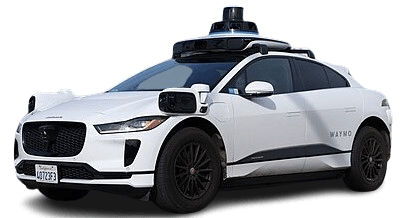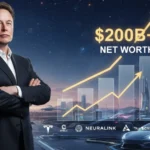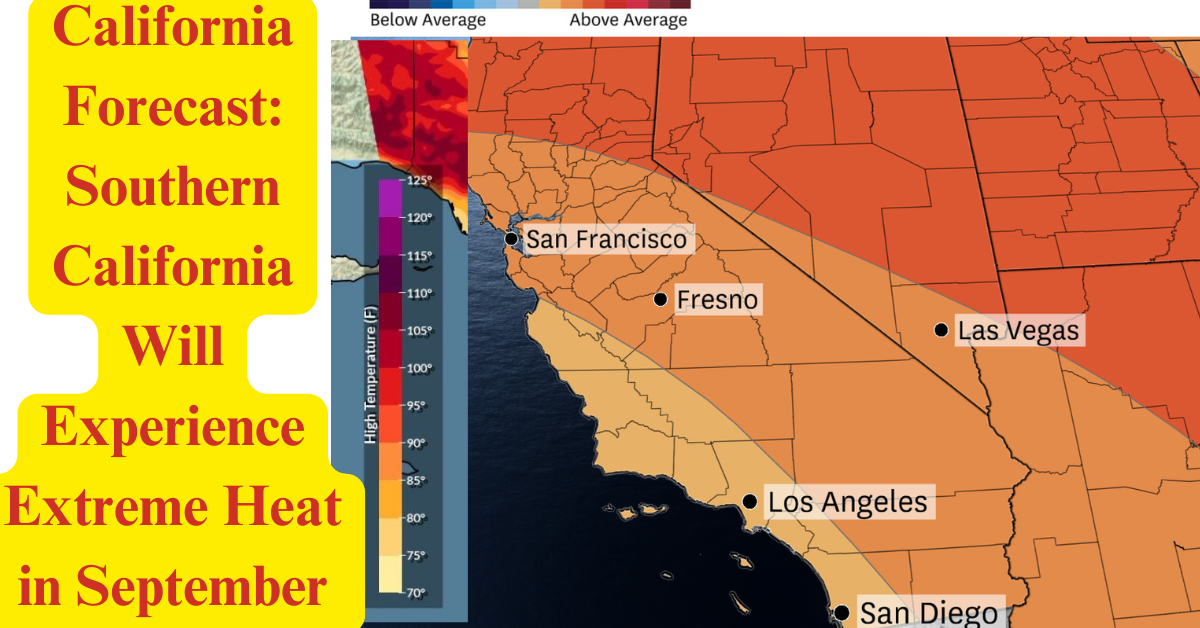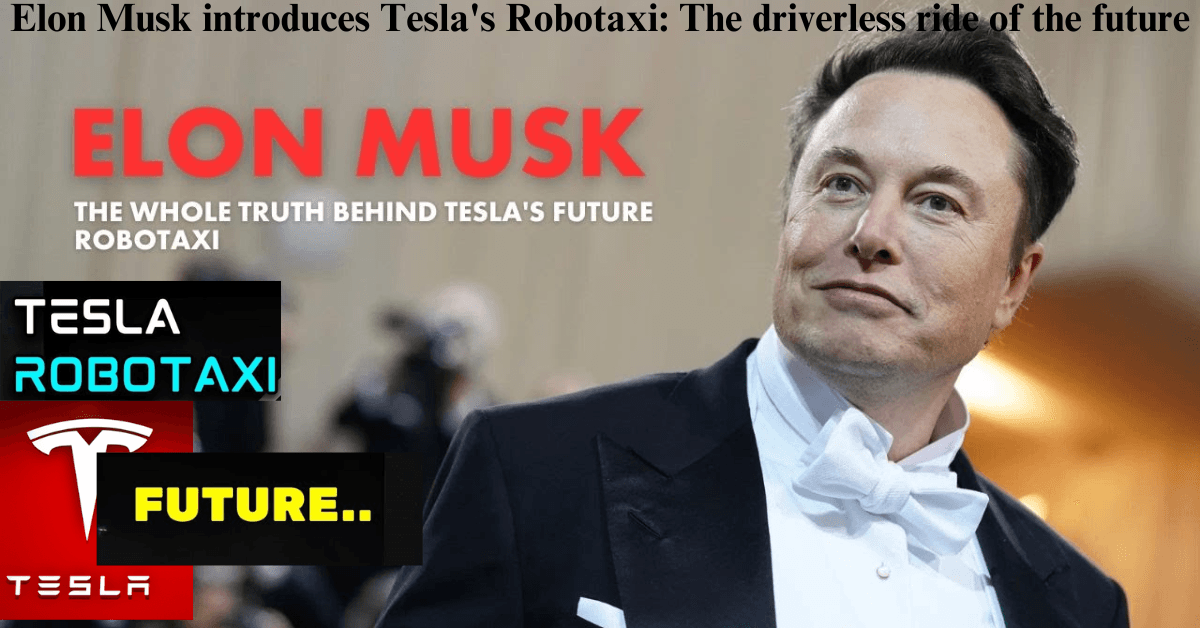Elon Musk to Launch Driverless Ride-Hailing Service
Tesla CEO Elon Musk to Launch Driverless Ride-Hailing Service in California and Texas by 2025

Tesla Chief Executive Officer Elon Musk made a major announcement in another move expected to shake things up on the path to its self-driving technology – on Wednesday declared that the EV giant plans to launch a driverless ride-hailing service in California and Texas next year. The service will be regarded as a landmark achievement if it can serve to usher in a new age for the ride-hailing industry because of its introduction. Nevertheless, this tight timeline is likely to run into tough regulatory and technical hurdles because government agencies and public safety advocacy groups are on the case, and these bodies are scrutinizing the use of fully autonomous vehicles.
“We think that we’ll be able to have driverless Teslas doing paid rides next year,” Musk said during Tesla’s quarterly earnings call. Right now, Tesla runs an app-based ride-hailing service only in the San Francisco Bay Area for its employees, but each vehicle comes with a safety driver who’s meant to monitor operations and prevent possible accidents. This was seen in a statement, building on Elon Musk’s vision for a driverless “robotaxi” network that he unveiled just two weeks ago; there, he said that “unsupervised” self-driving Tesla vehicles could hit the roads by 2025.
Driverless ride-hailing has long been Tesla’s dream, but it is a plan other tech giants, like Alphabet’s Waymo and General Motors’ Cruise, are designing. However, the fact that Musk makes much of an almost-every-month rollout to 2025 indicates a will to dominate this industry at all costs, putting both personal mobility and public transportation systems, urban planning, and individual car ownership on a new course.
This means, for instance, that with driverless Teslas ferrying passengers, the future may be when vehicles autonomously drive to a pickup location, can ferry passengers to their final destinations, and keep moving around the clock without human presence. The company wants to make the cost of the ride much lower than it is currently, reduce the number of emissions in cities with EV fleets, and eventually get rid of human drivers altogether.
There will be a robotaxi network, Musk said at Tesla’s investor meeting in early October-and that’s going to change how people think about transportation. If it ever emerges as envisioned, the potential for such a service to radically disrupt not just Tesla’s bottom line but the $150 billion ride-hailing industry controlled by Uber and Lyft is unlimited. Musk claims a fully autonomous fleet could unlock hundreds of billions of dollars in new revenue for Tesla and solve some of society’s biggest challenges, including congestion and emissions.
Potential Regulatory and Technical Hurdles
On the other hand, significant regulatory and technical hurdles will need to be cleared before the vision for Tesla materializes into reality. While regulations and laws for AVs are, respectively, strict in California and Texas, a driverless car by Tesla will have to pass through several state and federal agencies for approval.
In California, rigorous testing needs to be done by the autonomous vehicle and must acquire permits both from CPUC and DMV. No company operating self-driving vehicles for business purposes can avoid showing commitment to public safety, something that can only be achieved through thorough testing and proven safety records. Besides, more stringent requirements have been added by many municipalities in California on the driverless technology; most of this requirement includes a monitor and usually strict geo-fencing that limits autonomous driving to a very confined area.
Although looser regulations in Texas provide an advantage, the state authorities are still not lax and, by all means, have a set of standards for testing, and more importantly, Austin, among many local municipalities, does propose several laws relating to driverless technology. Plus, Tesla would not easily attract the support of the National Highway Traffic Safety Administration, which is in charge of setting safety standards for all vehicles in the U.S. NHTSA has, time and again, raised questions about Tesla’s Autopilot system as well as its FSD system: reliable, safe?.
Safety and Public Perception
Ride-hailing driverlessness also leads to great problems of public safety. Even though the technology has seen tremendous improvement, car accidents by autonomous vehicles show that the technology is still weak enough in dealing with issues involved with complexities of certain driving conditions. AVs do not have the capacity to realize how pedestrians behave, how some cyclists might ride, and the unannounced entry into construction zones, all of which might be part of daily driving in any city in San Francisco or Austin.
Public perception poses another challenge for Musk and Tesla. There have been a few rather gruesome autonomous car accidents–many of which had involved Tesla’s Autopilot, and other forms of driverless technology. Such cases have received widespread consumer criticism and public regulatory body accusations. Considering the growing skepticism around the safety of driverless technology, Tesla will need to demonstrate its systems’ efficacy and reliability through endless testing and transparent reporting to gain public trust.
Furthermore, the promise of a driverless network by Tesla is facing legal issues. Overall, liability for accidents that may occur when using driverless cars is still a complex problem area whose legal landscape is not yet fully articulated. It is on this ground that insurance companies, regulators and car makers will all have to merge in deciding how liability can be assigned when such a collision occurs. A timeline of deployment in 2025 set by Musk could partly depend on which liability questions are resolved, as well as a final nod from insurance companies and policymakers.
Finance, Tesla
Clearly, the launch of driverless ride-hailing services would be a major source of revenue for Tesla, but for now, it is a high-stakes gamble. The fact that Tesla’s share slipped following its CEO’s initial revelation of the robotaxi concept without clear business plan only added to investor concern about Tesla’s ability to execute the idea within the timeline proposed since the technology has faced setbacks in its development and in its costs previously.
Still, if the end is achieved, a driverless ride-hailing network could totally overhaul the business model for Tesla. Instead of selling cars to the final customers, Tesla will make money per ride, and every car on the road will turn into an income-generating asset. According to analysts, this service may catapult Tesla into the league of other tech goliaths; yet much depends on the company’s ability to overcome regulatory and technical hurdles.
The long-term impact on the modes of ownership of personal cars could also be experienced in Tesla’s robotaxi network. Autonomous ride-hailing may become a reason not to own a car for some consumers, mainly in urban areas, because it is convenient and affordable. This trend may challenge and create opportunities for Tesla as it experiments with new busi models and consumer behavior.


